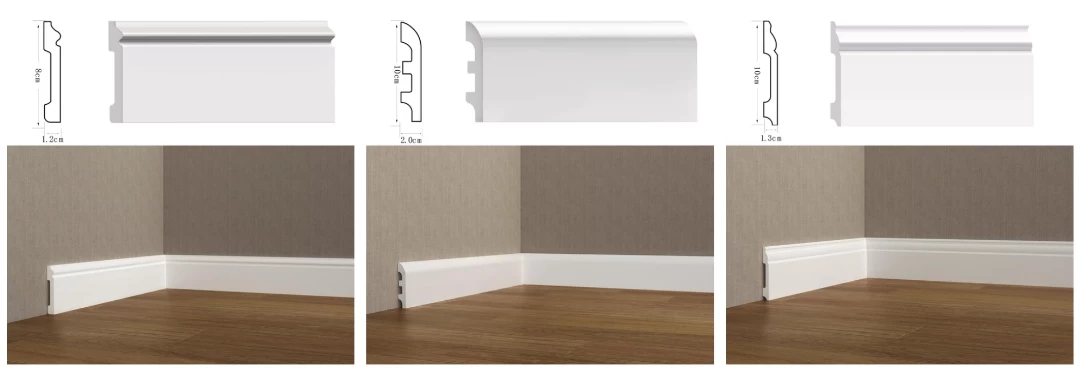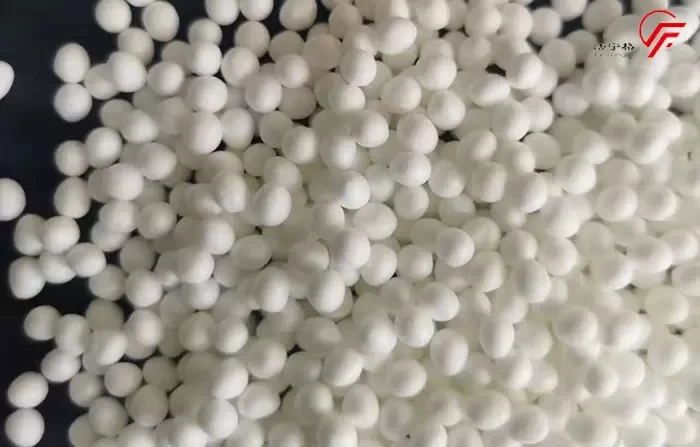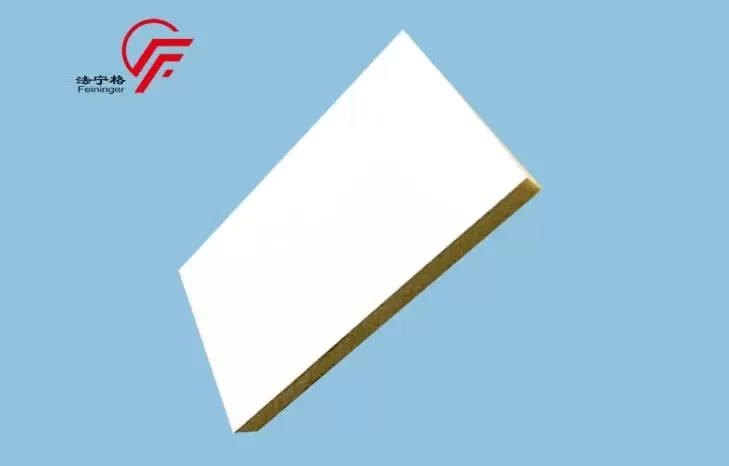Technology
20
Dec . 2024The production of PET (Polyethylene Terephthalate) foam core materials has seen a significant rise in popularity due to its lightweight, durable, and eco-friendly properties. PET foam cores are used in a wide variety of industries, including aerospace, automotive, and construction, as they provide excellent strength-to-weight ratios and are highly resistant to environmental factors.
In this blog post, we will explore the step-by-step process of how a PET foam core production line works, offering insights into how companies like China Feininger are leading the way in producing high-quality PET foam core materials.

The process begins with the preparation of raw materials. The primary ingredients for producing PET foam cores include PET resin, blowing agents, and other additives like fire retardants or plasticizers. These raw materials must meet specific quality standards to ensure the foam's durability, density, and overall performance.
China Feininger, a trusted name in the foam production industry, ensures that all raw materials are carefully selected to meet stringent manufacturing standards.
Once the raw materials are prepared, the next step is the extrusion process. In this step, the PET resin and blowing agents are fed into an extruder. The extruder melts the materials and forces them through a mold, where they are shaped into a continuous foam sheet. The temperature and pressure are carefully controlled to allow the blowing agents to expand, creating the foam’s cellular structure.
China Feininger’s PET foam core production line is equipped with advanced extruders that offer precision control over the extrusion process, ensuring that each batch of foam is produced with uniform quality.
After the foam has been extruded, it is quickly cooled to solidify the structure. This step involves passing the foam through a cooling chamber where the foam sheet is gradually cooled, allowing it to solidify without losing its cellular structure. The cooling process is critical, as it helps maintain the strength and rigidity of the foam while ensuring that the cells remain intact.
The cooling process is typically done with air or water cooling systems, depending on the design of the production line. In China Feininger's production lines, cutting-edge cooling systems are employed to ensure that the foam sheets are consistently uniform and free from defects.
Once the foam has cooled and solidified, it is time for the cutting and shaping process. The continuous foam sheet is then fed into a cutting machine that slices it into the required dimensions, such as sheets or blocks. At this stage, the foam is also shaped to meet specific product requirements, such as thickness, length, or density.
The cutting process must be precise to ensure that each piece of foam core is uniform and meets the specifications of the client. China Feininger’s automated cutting and shaping systems are designed to ensure high efficiency and minimal waste.
After the foam is cut and shaped, it undergoes post-processing, which may include surface treatment or additional drying. Depending on the specific requirements, some PET foam cores may be coated with special finishes for enhanced protection against moisture, UV rays, or other environmental factors.
Quality control is an essential part of the production process. At this stage, each batch of foam is thoroughly inspected for defects such as irregular cell sizes, dimensional accuracy, or surface flaws. In many cases, China Feininger conducts rigorous testing on every batch to ensure that their PET foam cores meet the highest standards of performance.
Once the PET foam cores have passed quality control, they are ready for packaging and shipping. The foam cores are carefully packaged to prevent damage during transportation. Packaging materials, such as shrink-wrap or protective covers, are used to protect the foam from external factors.
China Feininger ensures that its PET foam cores are securely packaged and ready for shipment to clients worldwide, making the process seamless for manufacturers across various industries.
The production of PET foam core materials is a highly precise process that involves careful selection of raw materials, extrusion, cooling, cutting, and post-processing. As a leading provider of stainless steel tanks and other industrial solutions, China Feininger is at the forefront of manufacturing high-quality PET foam cores, using advanced technology to create lightweight, durable, and sustainable products for a wide range of industries.
Whether you’re in aerospace, automotive, or construction, investing in a PET foam core production line from China Feininger will provide you with top-quality materials that optimize performance and reduce costs, making it an essential choice for modern manufacturing needs.
Mobile Phonel: +86-13776668008
Email: market@feininger.cn
Website: http://www.xpsmachine.com/
Address: No.2 Zhonglin Road,TangshanIndustry Area,Nanjing City, JiangsuProvince,China
Latest News

 07 Dec 2023
07 Dec 2023 What are the commonly used decorative lines in decoration?
There are many different materials for decorative lines, and the lines of various materials have their own advantages and disadvantages. You can choose according to your needs and preferences.
 29 Sep 2024
29 Sep 2024 Applications of ETPU Foam Particles in Automotive and Industrial Products
In recent years, ETPU (Expanded Thermoplastic Polyurethane) foam particles have garnered significant attention across various industries, particularly in automotive and industrial applications. Known in the industry as "magic particles," ETPU is celebrated for its impressive properties, including high resilience, lightweight composition, and versatility.
 13 Jun 2024
13 Jun 2024 Unveiling the Advantages of XPS with PVC Sandwich Panels in Construction
Are you looking for a game-changing solution to revolutionize your construction projects? Look no further than XPS with PVC sandwich panels. These innovative panels are making waves in the industry, offering a host of benefits that can enhance both the efficiency and sustainability of your building endeavors.